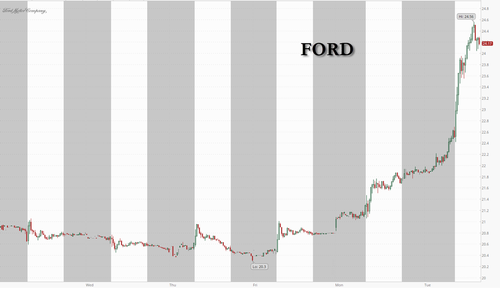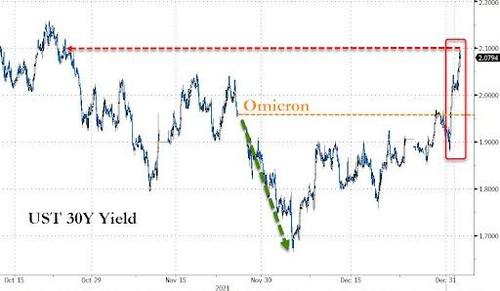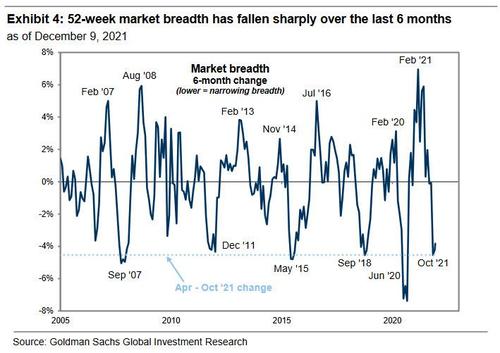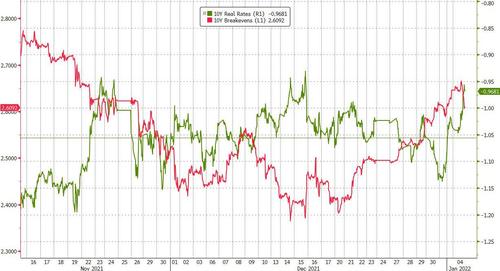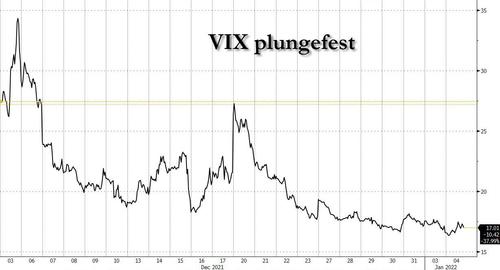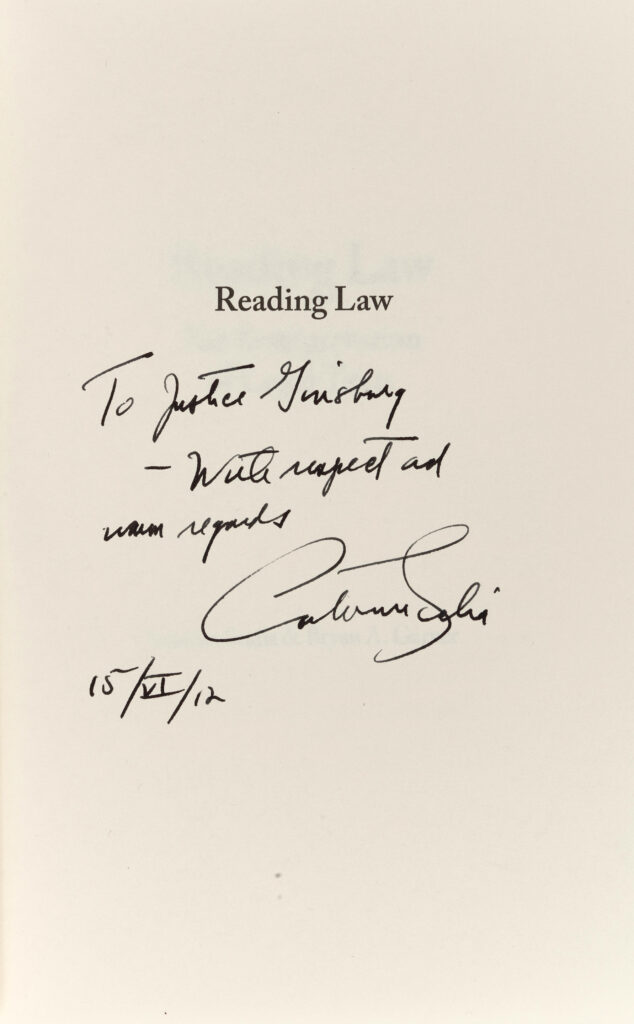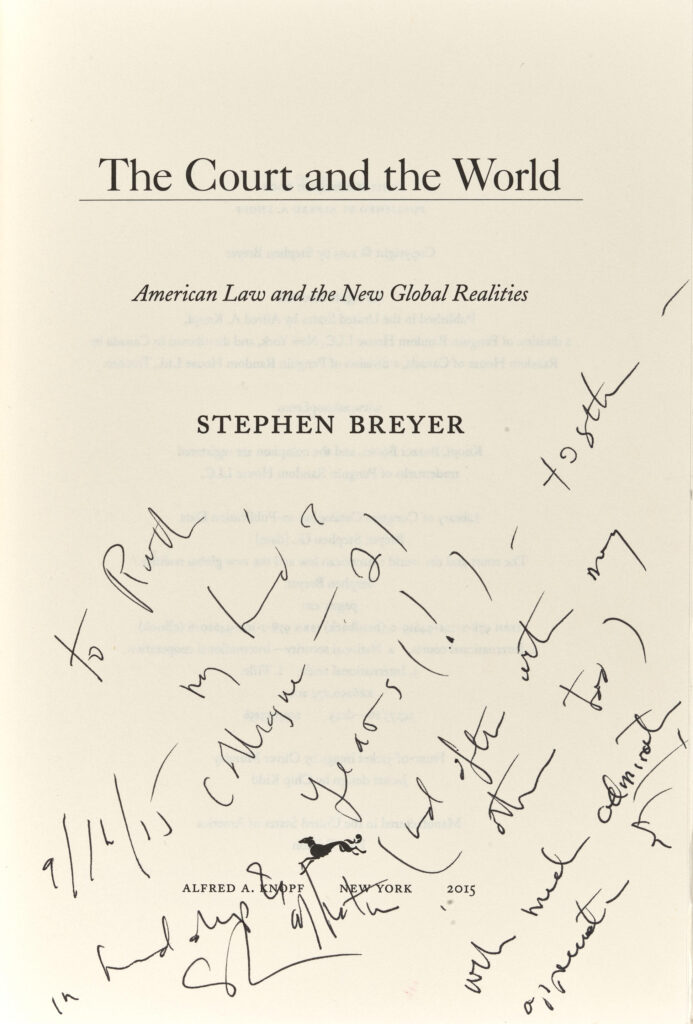Veteran Journo Resigns From CBC, Pens Scathing Indictment Of Canadian Narrative-Shaping Industry
Authored by Tara Henley via Lean Out with Tara Henley (emphasis ours),
For months now, I’ve been getting complaints about the Canadian Broadcasting Corporation, where I’ve worked as a TV and radio producer, and occasional on-air columnist, for much of the past decade.

People want to know why, for example, non-binary Filipinos concerned about a lack of LGBT terms in Tagalog is an editorial priority for the CBC, when local issues of broad concern go unreported. Or why our pop culture radio show’s coverage of the Dave Chappelle Netflix special failed to include any of the legions of fans, or comics, that did not find it offensive. Or why, exactly, taxpayers should be funding articles that scold Canadians for using words such as “brainstorm” and “lame.”
Everyone asks the same thing: What is going on at the CBC?
When I started at the national public broadcaster in 2013, the network produced some of the best journalism in the country. By the time I resigned last month, it embodied some of the worst trends in mainstream media. In a short period of time, the CBC went from being a trusted source of news to churning out clickbait that reads like a parody of the student press.
Those of us on the inside know just how swiftly — and how dramatically — the politics of the public broadcaster have shifted.
It used to be that I was the one furthest to the left in any newsroom, occasionally causing strain in story meetings with my views on issues like the housing crisis. I am now easily the most conservative, frequently sparking tension by questioning identity politics. This happened in the span of about 18 months. My own politics did not change.
To work at the CBC in the current climate is to embrace cognitive dissonance and to abandon journalistic integrity.
It is to sign on, enthusiastically, to a radical political agenda that originated on Ivy League campuses in the United States and spread through American social media platforms that monetize outrage and stoke societal divisions. It is to pretend that the “woke” worldview is near universal — even if it is far from popular with those you know, and speak to, and interview, and read.
To work at the CBC now is to accept the idea that race is the most significant thing about a person, and that some races are more relevant to the public conversation than others. It is, in my newsroom, to fill out racial profile forms for every guest you book; to actively book more people of some races and less of others.
To work at the CBC is to submit to job interviews that are not about qualifications or experience — but instead demand the parroting of orthodoxies, the demonstration of fealty to dogma.
It is to become less adversarial to government and corporations and more hostile to ordinary people with ideas that Twitter doesn’t like.
It is to endlessly document microaggressions but pay little attention to evictions; to spotlight company’s political platitudes but have little interest in wages or working conditions. It is to allow sweeping societal changes like lockdowns, vaccine mandates, and school closures to roll out — with little debate. To see billionaires amass extraordinary wealth and bureaucrats amass enormous power — with little scrutiny. And to watch the most vulnerable among us die of drug overdoses — with little comment.
It is to consent to the idea that a growing list of subjects are off the table, that dialogue itself can be harmful. That the big issues of our time are all already settled.
It is to capitulate to certainty, to shut down critical thinking, to stamp out curiosity. To keep one’s mouth shut, to not ask questions, to not rock the boat.
This, while the world burns.
How could good journalism possibly be done under such conditions? How could any of this possibly be healthy for society?
All of this raises larger questions about the direction that North America is headed. Questions about this new moment we are living through — and its impact on the body politic. On class divisions, and economic inequality. On education. On mental health. On literature, and comedy. On science. On liberalism, and democracy.
These questions keep me up at night.
I can no longer push them down. I will no longer hold them back. This Substack is an attempt to find some answers.
I have been a journalist for 20 years, covering everything from hip-hop to news, food to current affairs. The through line has always been books, which I’ve engaged with at every stage of my career and at every outlet I’ve worked for. In 2020, I published my own book, Lean Out: A Meditation on the Madness of Modern Life, which was an instant bestseller in Canada.
Books have always opened new worlds for me, introduced me to new perspectives, and helped me to make sense of humanity. I need books now more than ever.
During lockdown, when I wasn’t covering COVID-19, I spent a lot of time interviewing authors for a new book I’m working on. Their boldness and insight and humour saved me from despair. These writers gave me ideas on how to move forward, and how to maintain hope. Most of all, they gave me the courage to stand up — and to speak out.
Here at Substack, I will continue the work of thinking through the current moment, focusing on non-fiction writing from around the world. I will post an essay on a books related topic every Monday, and a podcast conversation with a heterodox author every Wednesday. This will be free to all. A third post on Fridays will round up the most contrarian, controversial or overlooked new books and essays, and will be available to paid subscribers.
This work is entirely independent and entirely free from editorial control, allowing me to say the things that are not being said, and ask the questions that are not being asked. Lean Out is solely supported by subscribers. If you care about the world of ideas and value open inquiry, as I do, please consider a paid subscription.
And stay tuned for the first episode of the Lean Out podcast this Wednesday, featuring my conversation with Newsweek’s Batya Ungar-Sargon, author of Bad News: How Woke Media is Undermining Democracy.
Tyler Durden
Tue, 01/04/2022 – 15:40
via ZeroHedge News https://ift.tt/3qR1yyG Tyler Durden

